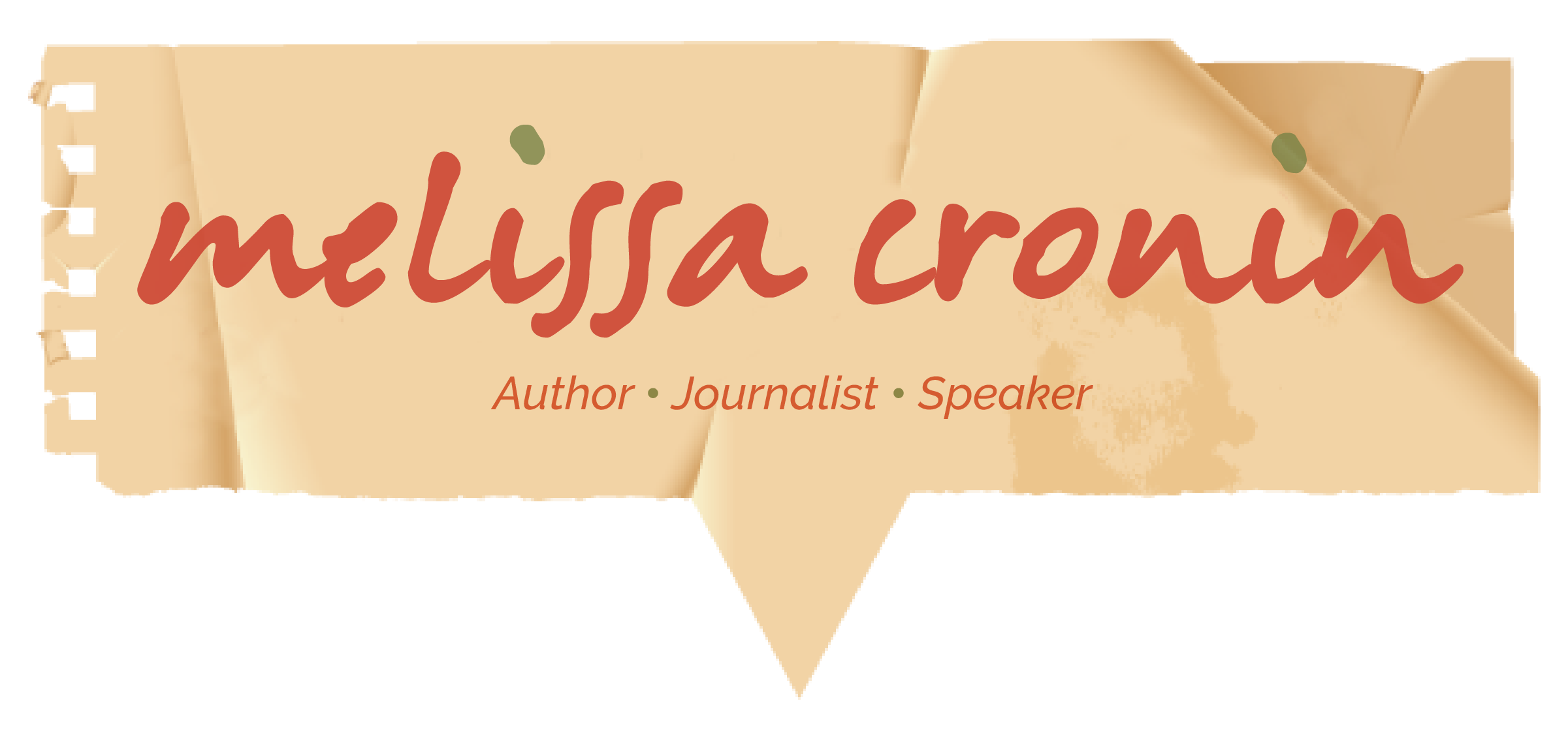Brain Injury Awareness Month

It’s March, the time of year when we begin to think about daffodils, Easter bunnies, Passover Seders, and, of course, day light savings time. The month of March reminds us to act on our thoughts, to effect change, to move forward; After all, March was named after Mars, the God of war. This doesn’t mean we should act through violence. Because Mars was also known as the God of agriculture and fertility, March is a time for new growth. How do we grow? Through awareness. So it logically follows that March has been designated as Brain Injury Awareness Month.
Every March, The Brain Injury Association of America leads the nation in observing Brain Injury Awareness Month by holding awareness campaigns. These campaigns aim to educate the public about an often misunderstood and misdiagnosed injury, including the incidences of brain injury, and ways in which we can help the injured and their families. It’s also an opportunity to work with communities on how to empower brain injury survivors without stigmatization.
To help you understand a little about brain injuries, here are some facts from the Brain Injury Association of America to get you started:
More than 2.5 million people in the U.S. sustain a TBI each year.
137 people die each day due to a TBI.
Most TBIs are due to falls.
5.3 million Americans live with disabilities as a result of a TBI.
Acquired brain injury (ABI) is an injury to the brain that is not congenital, hereditary, degenerative, or caused by birth trauma. Examples of causes include: electric shock, infections, near drowning, strokes, and tumors.
A TBI is a subset of ABI and is caused by trauma from an external source such as a bullet wound, falls, or car accidents.
To learn more about brain injuries, including the latest research, legislative briefs, and the social stigmas attached to having a brain injury, I encourage you read more by clicking on the following links:
Differences between boys’ and girls’ brains
Inosine treatment for brain injuries may help motor function recovery
Scientists take big steps toward being able to repair brain injuries
To Share or Not to Share: Life after a Brain Injury
Marginalization of people with brain injuries

This is my first time go to see at here and i am really happy to read everthing at one place.
http://learningtips.eu
Thanks for reading the post, and glad to know it was helpful to you.
Hi my family member! I want to say that this post is awesome, great written and include approximately all significant infos. I’d like to see extra posts like this .
http://edutips.eu
Thanks for reading it, and glad it helped.
Hi,
I recently wrote and published a book about our child’s birth injury and it’s available Worldwide.
Here is the link:
https://www.westbowpress.com/Bookstore/BookDetail.aspx?BookId=SKU-001193325
Our hold was Misdiagnosed for about 2.5 years and it greatly affected our family.
We really hope to raise Awareness to help other children and families.
Do you have any suggestions on how we can raise Awareness Worldwide? Thank you so much for
writing this article!
Nice! Thanks for sharing!
Sorry I meant child not hold.
Thank you, Lorina, for connecting with my website and reading this post. It sounds like you and your family have had to power through some really tough times. Do you have a website? A blog? Any social media (FB, Twitter, Instagram, etc,) outreach these days is the best way to connect with people worldwide. You never know who you might come in contact with. Again, thank you for connecting here.